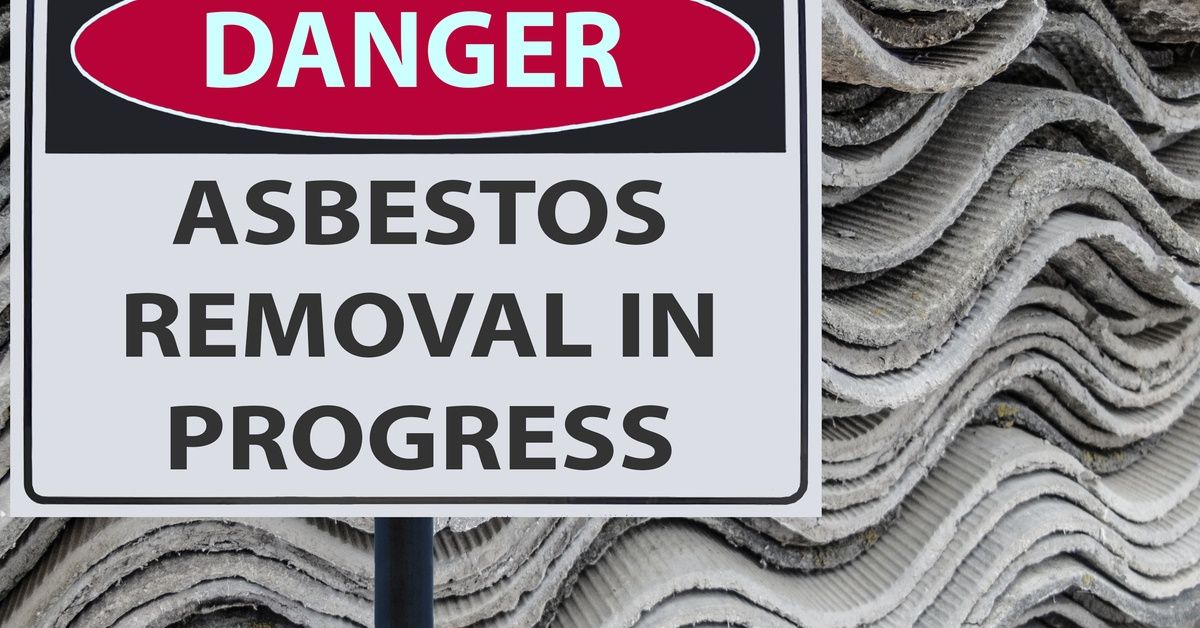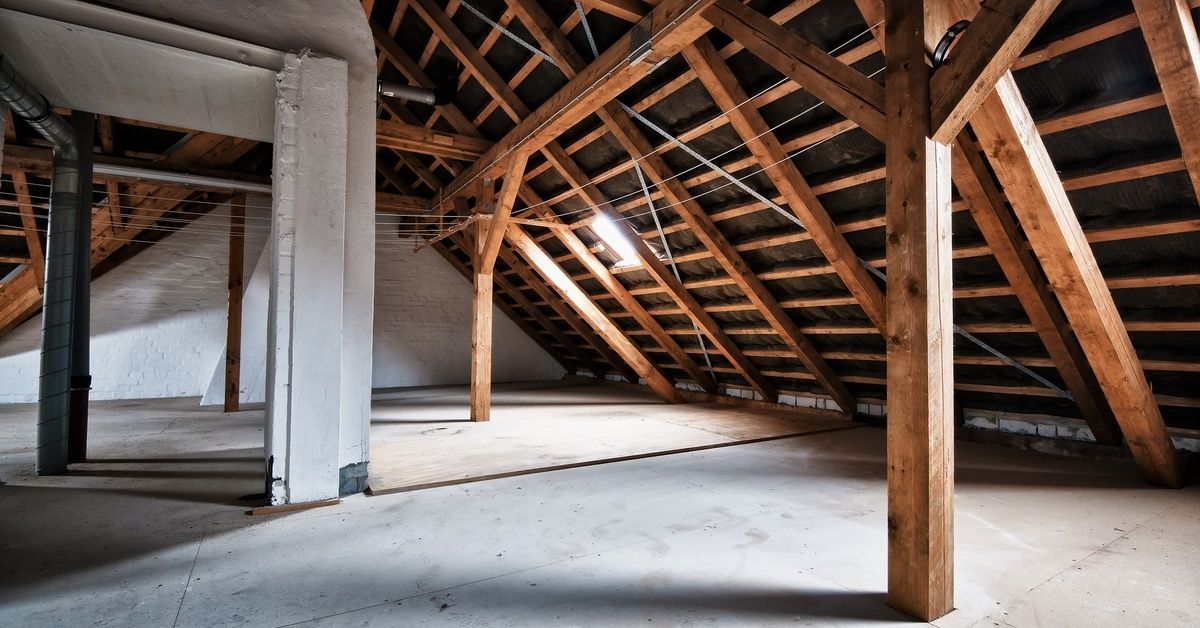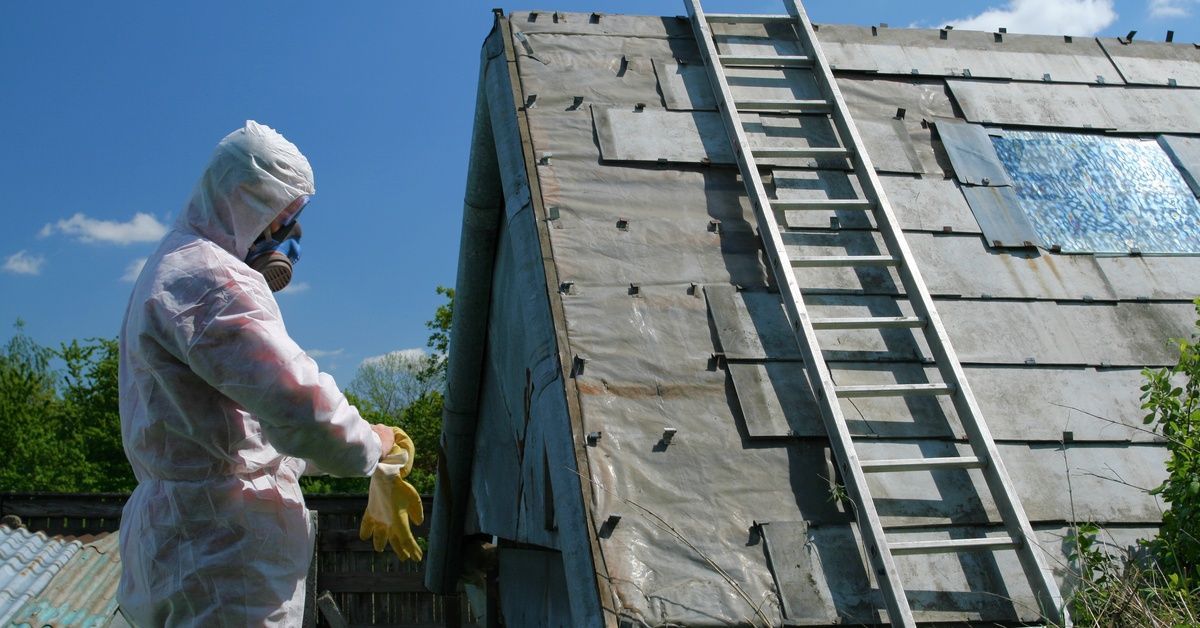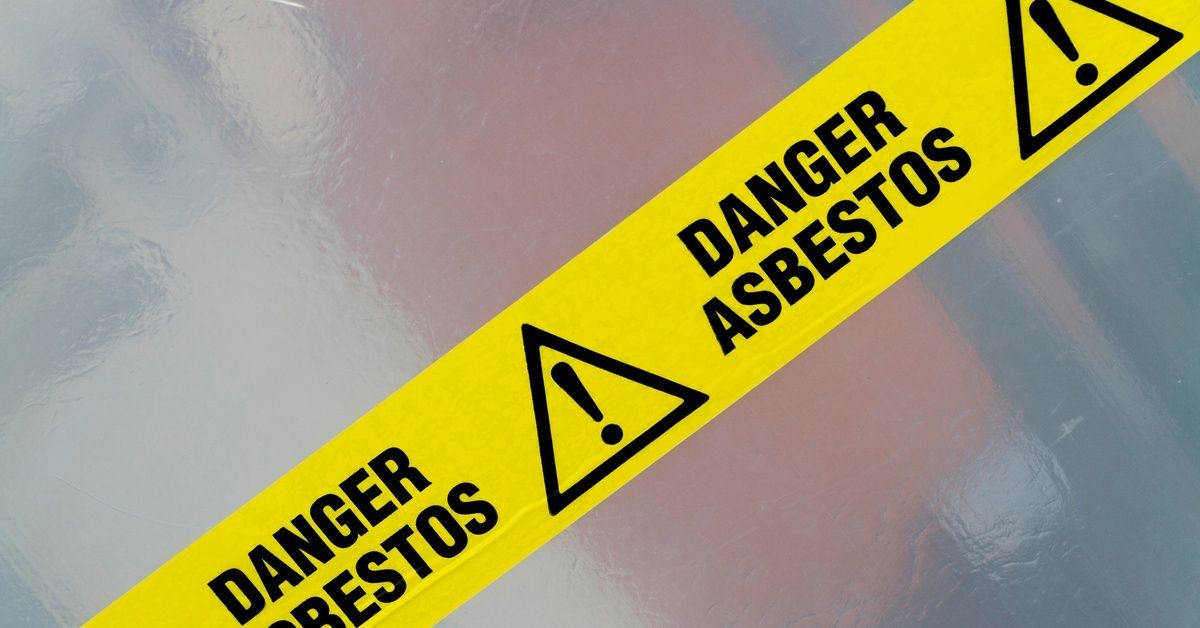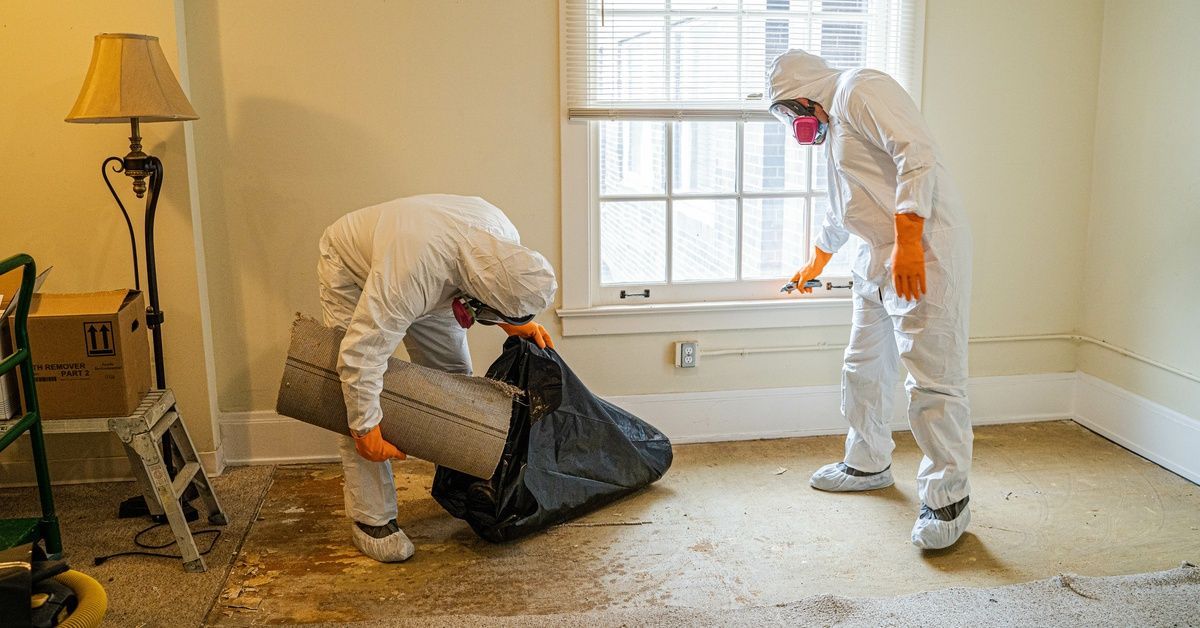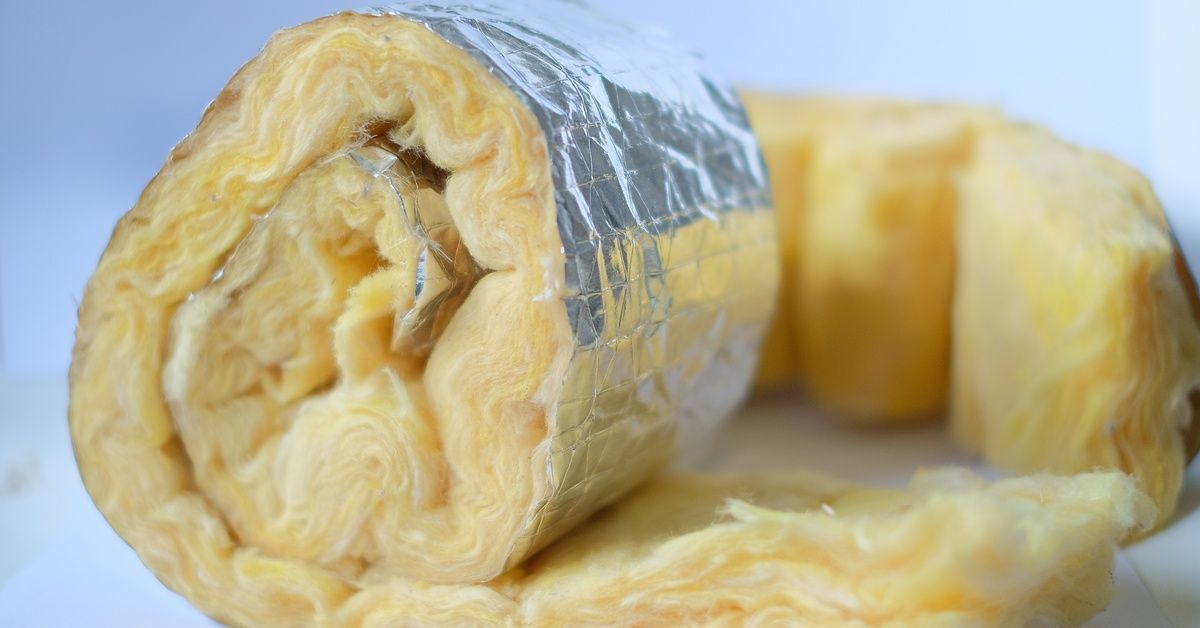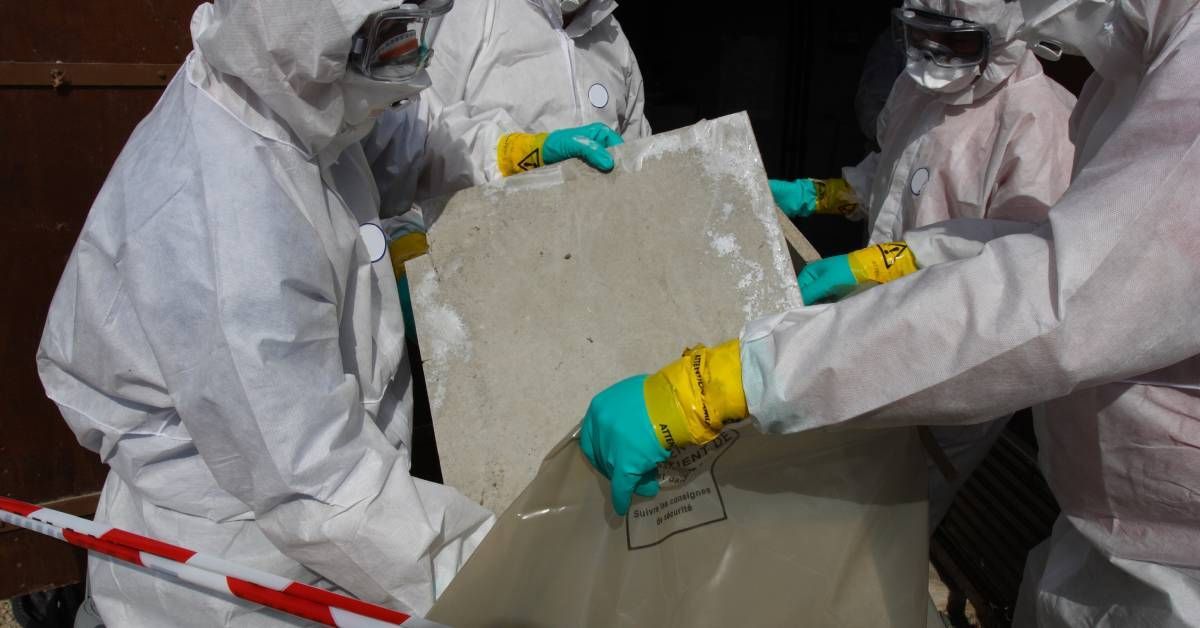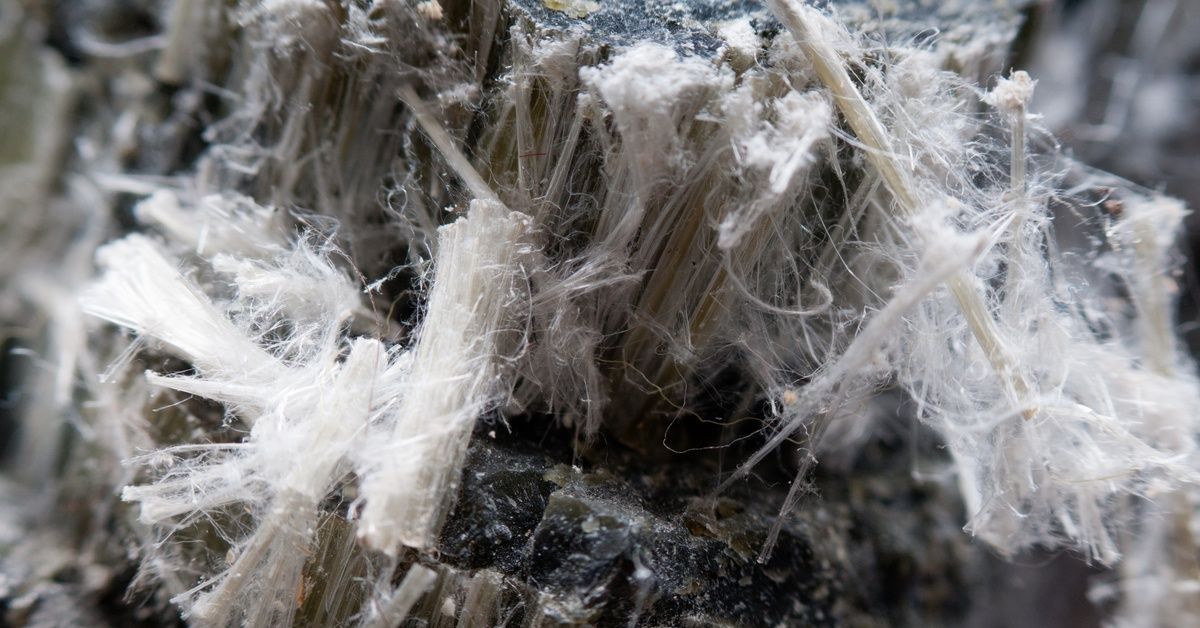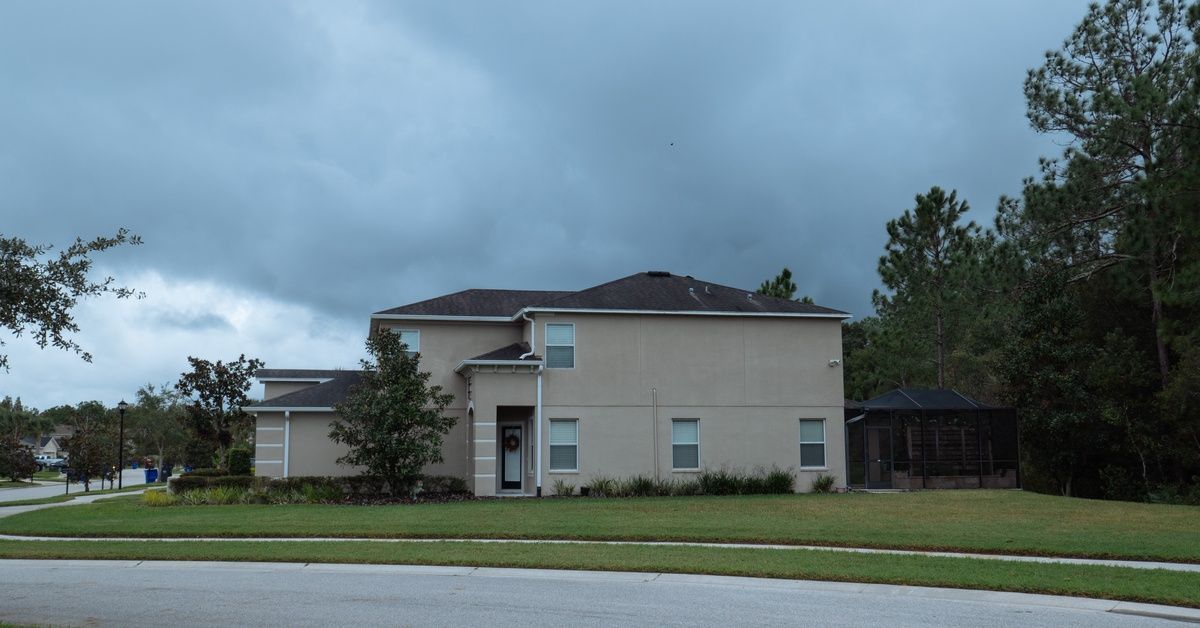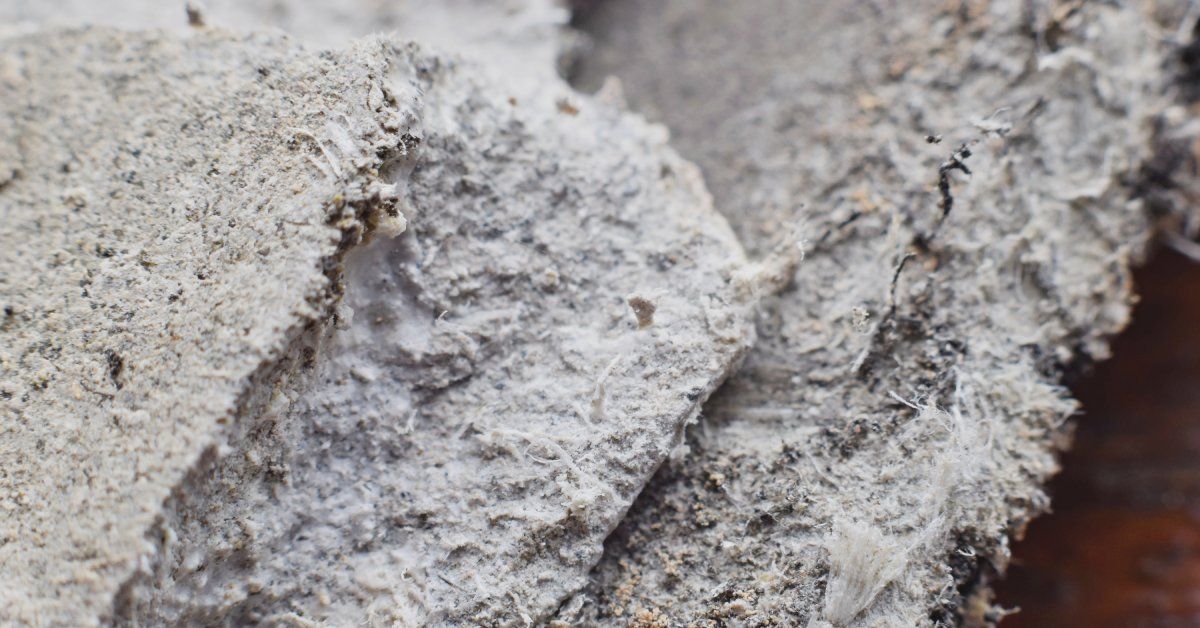The Difference Between Asbestos Insulation and Cellulose Insulation
Once a popular trend leading up to the 1980s, asbestos was commonly used as an insulator and fire retardant in buildings and homes. Asbestos was versatile in that you could use it on tiles and jolt it with other materials such as vermiculite. However, it has since been proven to be a fairly unsafe material that leads to long-term health concerns from excess exposure to the material, so professionals have had to look into other substitutes such as cellulose and fiberglass insulation. As such, knowing when you may have asbestos in your home is an important thing to learn. This blog will explore the difference between asbestos versus cellulose insulation.
Asbestos Insulation
The difference between cellulose versus asbestos insulation varies greatly, as one material is more natural than the other. Asbestos is a raw mineral that is usually soft and flexible.
Once popular for heat resistance and corrosion, asbestos is most often found in older homes. There will more than likely be asbestos in the attics, drywall, ceilings, and even tiles of older homes. The asbestos in tiles is called tile grout. The only time we can consider asbestos to be safe is if there are no cavities in the walls or other apparent damages that have exposed fibers to any parts of your home. Asbestos can be harmful if exposed; if this happens, contact a professional to help with the problem.
Cellulose Insulation
Cellulose insulation is different from asbestos because it uses various materials to help create a good mixture for a healthier alternative to asbestos. Cellulose is made with recycled newspapers, cardboard, hemp, straw, and other similar materials. This paper-based mixture can be treated with boric acid to help make it resistant to fire. There are two types of cellulose insulation: dry and wet cellulose.
Dry
Dry cellulose is used mainly in walls. A professional will apply dry cellulose by blowing it through a straw into the holes of walls, and most of the time, will use it to fill wall cavities.
Wet
Wet spray cellulose is generally used on newer walls of buildings and homes. The only difference between this and dry cellulose is that water is added to create a better seal that helps keep in the heat.
How To Tell the Difference
The difference between asbestos versus cellulose insulation is found in the ingredients of both materials. When examined closely, they look pretty similar, but making a quick call to an asbestos removal specialist in Boston will help you start the process of testing the insulation and finding out what type it is.
Call a Professional
If there is a ton of asbestos to remove, it’s better to get a professional involved to help speed up the removal process for you. If you try and do it yourself without the proper equipment, you may become sick.
Cellulose and asbestos insulations are two of the most common insulations for buildings and houses. Though they can look similar, the ingredients are what make them different. Contact a professional asbestos remover from Air Safe Inc to help you safely remove asbestos insulation from your home.

